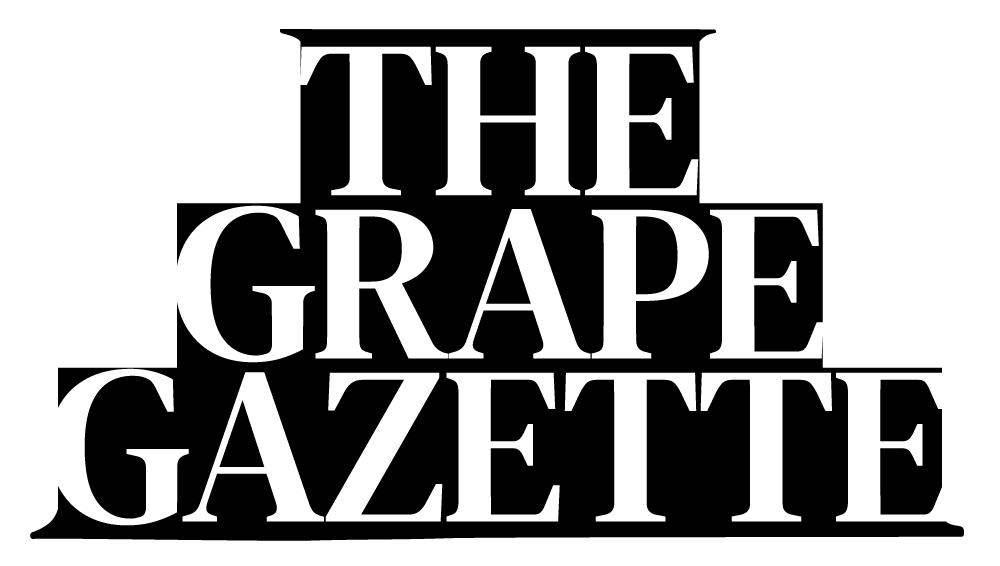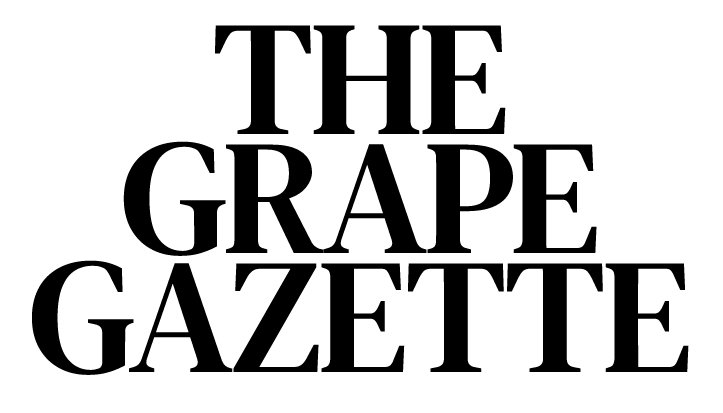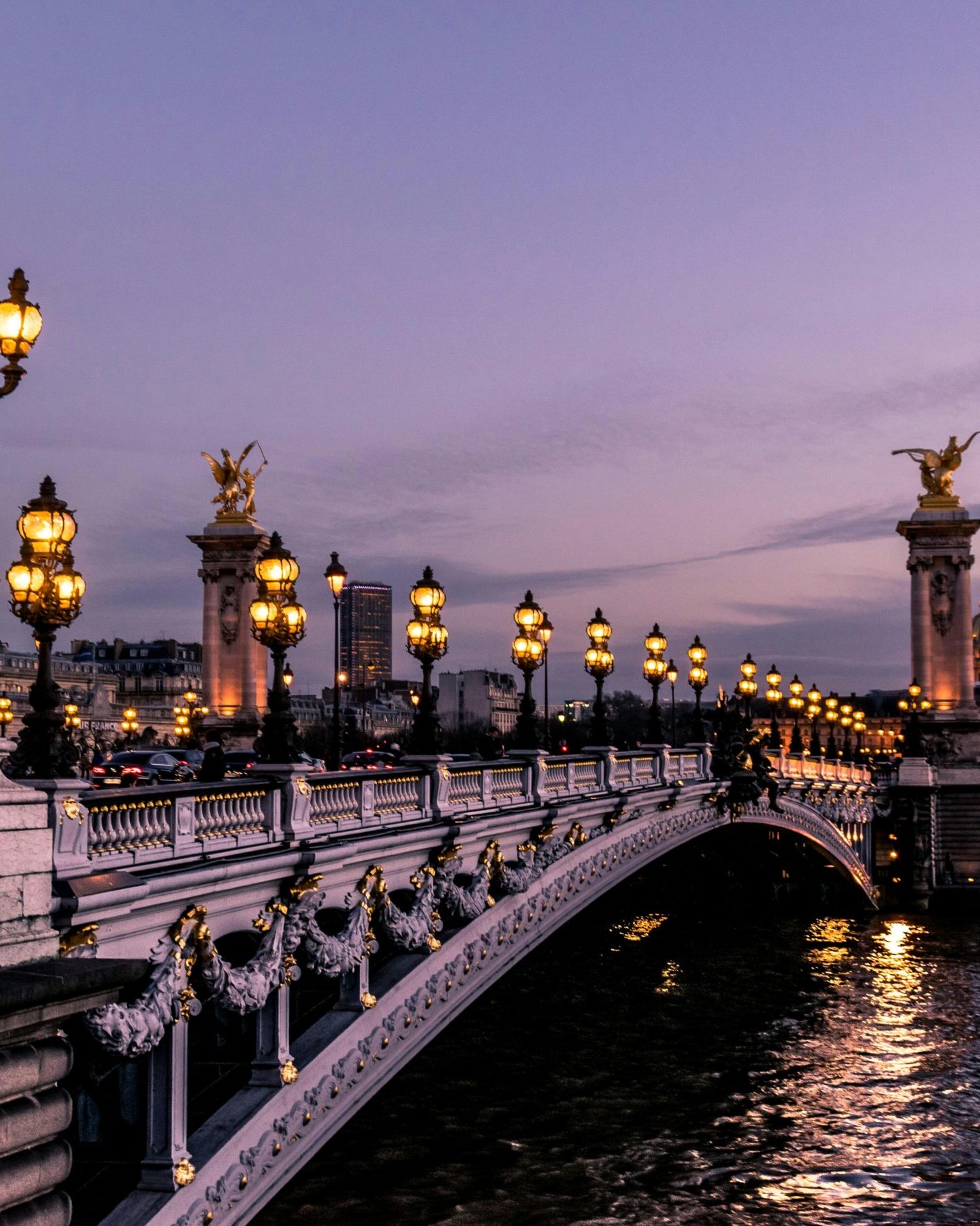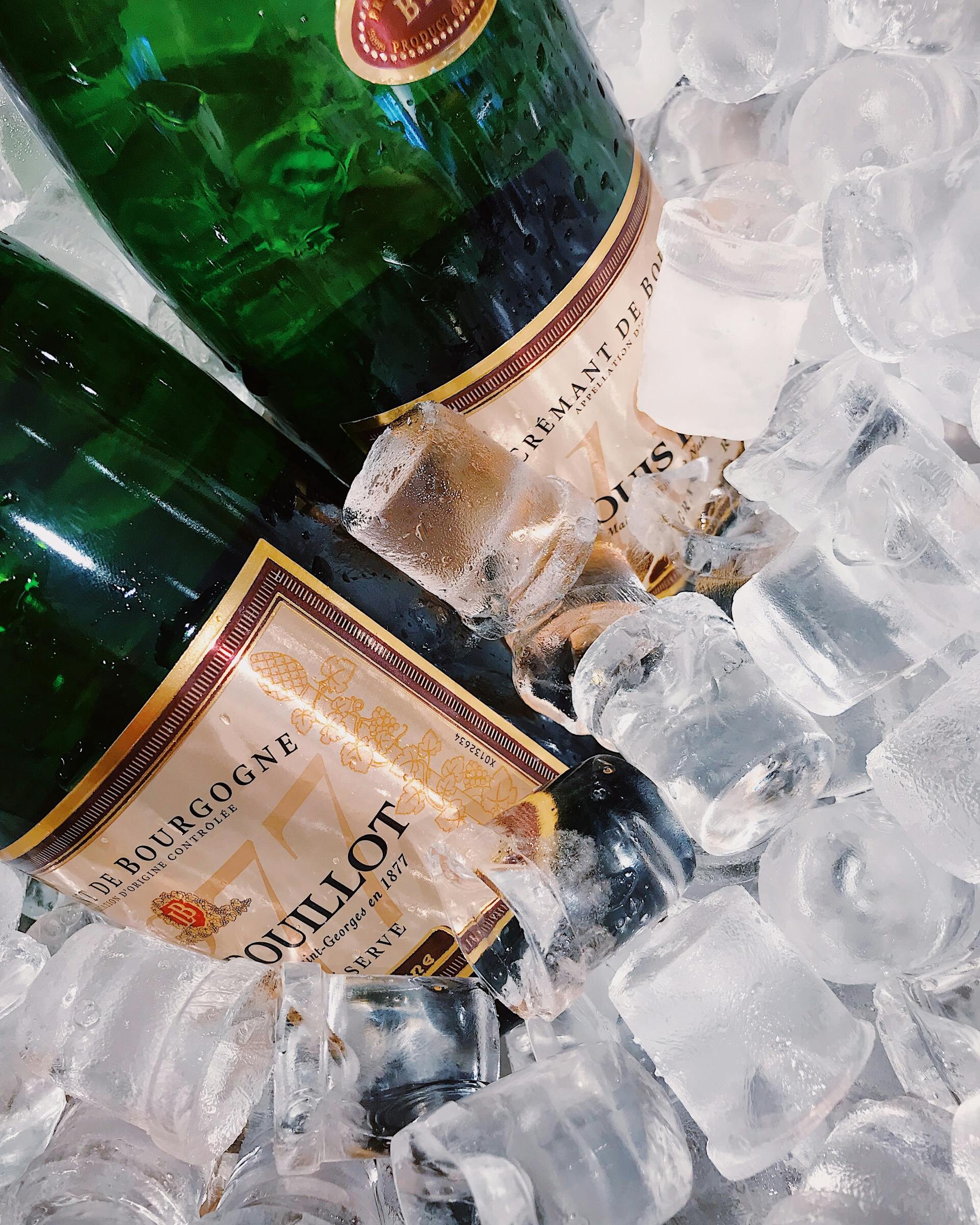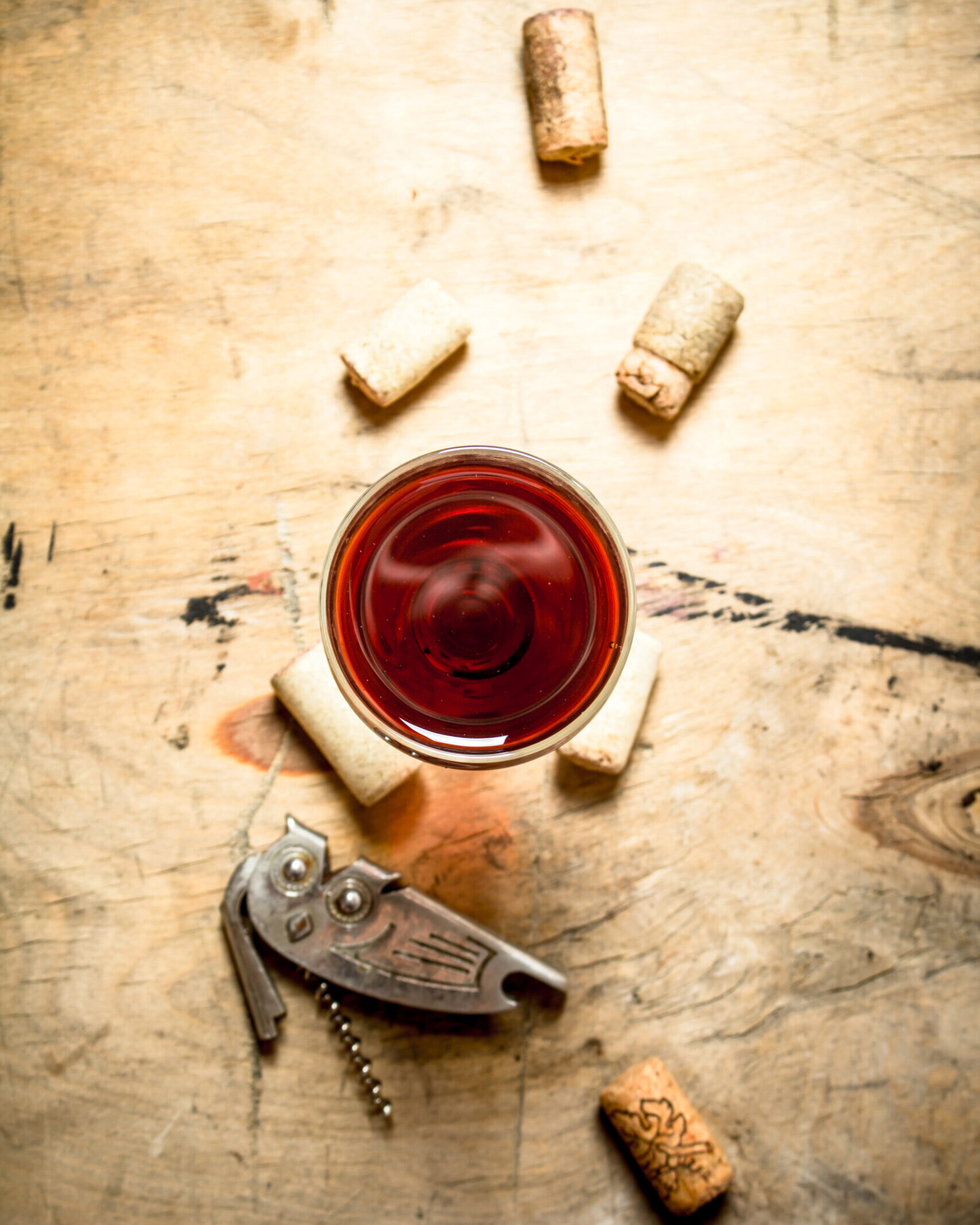The French government is dropping a bombshell on its wine industry. In a bold and somewhat controversial move, they’ve announced a €120 million plan to uproot 30,000 hectares of vineyards – roughly 4% of the nation’s 800,000 hectares under vine. For context, that’s equivalent to wiping out half of Champagne’s entire vineyard area.
Let’s not sugarcoat it: this is drastic. The uprooting comes with a hefty €4,000-per-hectare payout for growers, but there’s a catch – no replanting until at least 2029. That’s six years of agricultural limbo for landowners who’ve built their livelihoods on these vines. And even after the ban lifts, replanting isn’t as simple as putting new vines in the ground.
Preparing soil for fresh vineyards can take years. The land needs to recover, often requiring crop rotation or a fallow period to restore nutrients and eliminate pests or diseases lingering in the soil. Once new vines are planted, they typically need another 3-5 years before they produce grapes of sufficient quality for winemaking. This means some vineyard owners could face a decade or more without a viable harvest, a timeline that could spell disaster for smaller producers.
Why Is This Happening?
The numbers are brutal. Global wine production overshot demand by 10% in 2023, leading to tanking prices and a surplus that’s left cellars bursting. Bordeaux, once the crown jewel of French viticulture, is now a poster child for this crisis. Red wine sales in France are down 8.5% this year alone, and rosé isn’t far behind with a 6% dip. Supermarket wine aisles are gathering dust.
But it’s not just about France’s shifting palate. Export markets – once a safety net – are also faltering. French wine exports plunged 9.4% in volume last year, hitting a 17-year low. Even Champagne, the golden goose of French exports, saw an 11% drop in shipments.
The US and UK, two of France’s biggest markets, have pulled back, with American importers destocking after a buying spree in 2022. Meanwhile, China – once a voracious consumer of Bordeaux – is pivoting towards its domestic wines and cheaper imports from Spain and Italy.
A Changing Drinking Culture
The days of the French sipping 120 litres of wine per year (as they did in the 1960s) are long gone. That figure now sits at a sobering 40 litres. Young people are ditching wine for beer and cocktails, or cutting out booze entirely. It’s not just a French problem – it’s a global shift, but one that’s hitting France harder than most.
Government data highlights the stark reality: red wine sales have plummeted 15% in just three years. This generational shift in drinking habits has forced the industry to ask tough questions about its future.
Bordeaux in Crisis
Bordeaux is feeling the heat more than any other region. This latest scheme follows a plan from last year to uproot 9% of Bordeaux’s vineyards – and that’s just the beginning. The entire entry-level market is on life support, while the high-end segment struggles to hold the line.
Philippe Castéja, president of Bordeaux négociant Borie-Manoux, has warned that the industry must rethink its approach to meet changing consumer demands. Meanwhile, Beaujolais and Languedoc-Roussillon are also facing double-digit export declines.
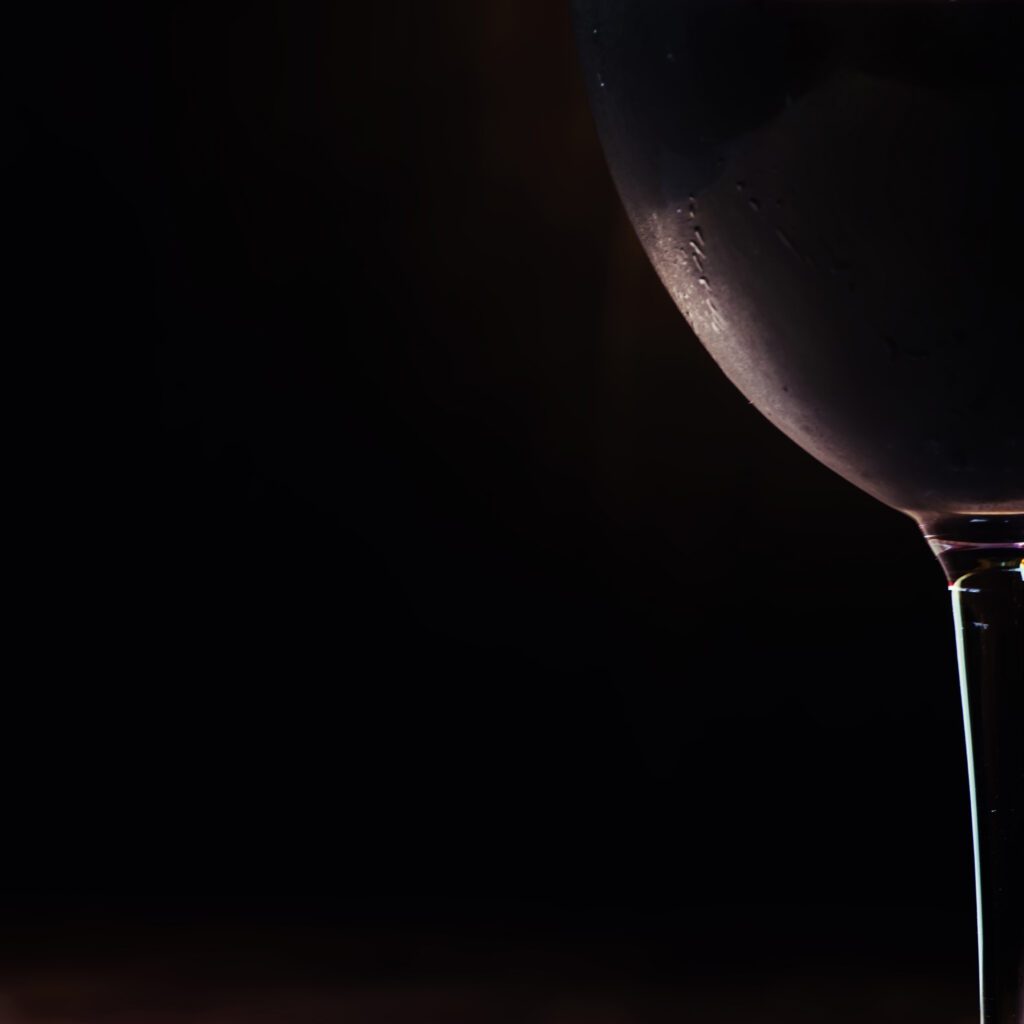
What’s Next?
This cull is just the first phase of a much larger plan. The government has its sights set on uprooting up to 100,000 hectares in the coming years, all in an attempt to rebalance the market. But what if this is just the beginning of a much larger shake-up?
Climate change is already altering the wine map. While Bordeaux has so far benefited from warmer summers, the threat of drought looms large. Enter the UK, where a boom in vineyard plantings – up 74% in five years – has made Britain the fastest-growing wine region in the world.
Could we be witnessing the dawn of a new European wine power? English sparkling wines, once dismissed as a novelty, are now stacking up against Champagne in blind tastings. With global warming shifting the ideal growing conditions north, France may find its crown under threat.
A Sobering Reality
For French wine lovers, this is a bitter pill to swallow. The country’s identity is intertwined with its vineyards, and uprooting thousands of hectares feels like tearing out a piece of its soul. But for an industry in crisis, it may be the only way to survive.
As the world’s drinking habits evolve, so too must the way we produce wine. Whether this marks the beginning of a renaissance or the slow decline of French viticulture remains to be seen. One thing’s certain – the wine world is changing, and France is at a crossroads.
Yet, there’s a silver lining. This shake-up could be the catalyst for innovation. France’s wine industry has weathered centuries of change, from phylloxera outbreaks to economic downturns, and it’s always found a way to adapt.
You are people with roots who are eager to conquer the world. I believe that this is what the art of being French is all about.
– President Emmanuel Macron
The current crisis offers an opportunity for growers to experiment with new grape varieties, invest in more sustainable practices, and cater to emerging markets with a taste for premium and organic wines. Plus, the rise of UK viticulture could lead to exciting collaborations and a new chapter in European winemaking, where both nations thrive side by side.
The Global Effect
The global wine industry is experiencing significant shifts, with several countries facing challenges similar to France’s, while others, like England, are witnessing growth in specific sectors.
Italy: As the world’s largest wine producer, Italy has not been immune to the downturn. In 2023, Italian wine consumption declined by 2.5% compared to the previous year, continuing a trend observed since 2018. (Mappr)
Spain: Spain, another major wine producer, has also faced difficulties. In 2023, Spanish wine consumption decreased, contributing to the global decline in wine demand. (OIV)
United States: The U.S., the largest wine market globally, saw a 3.0% decrease in consumption in 2023, reaching 33.3 million hectolitres. This decline reflects broader global trends affecting traditional wine markets. (Beverage Daily)
China: Once a rapidly growing market for wine, China experienced a significant downturn, with consumption dropping by 24.9% in 2023. This sharp decline has impacted global wine exports and contributed to the oversupply issues faced by producers worldwide. (Le Monde)
United Kingdom: In contrast to these declines, the UK has seen a remarkable rise in its domestic wine industry, particularly in sparkling wine production. Vineyard plantings have increased by 74% over the past five years, equating to 4,000 new hectares, making Britain the fastest-growing wine region globally. (Decanter) In 2022, the UK produced 8.3 million bottles of sparkling wine and 3.9 million bottles of still wine, reflecting a 36% year-on-year increase. (WineGB)
This growth is attributed to favourable climate conditions and a burgeoning reputation for quality, leading to increased exports and international recognition. The expansion of the UK’s wine industry offers a positive narrative amid the broader challenges facing global wine production and consumption.
France’s wine legacy is far from over – it’s evolving. Those who embrace change may well be the ones to shape its future.
